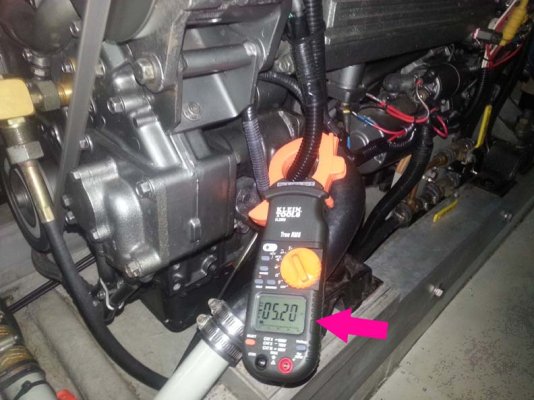castellah22
Veteran Member
- Joined
- Aug 20, 2010
- Messages
- 29
- Location
- UNITED KINGDOM
- Vessel Name
- Sovereign GB
- Vessel Make
- Grand Banks 32
My alternator on my Grand Banks ,fitted with a Sabre 90 lehman is not charging. Theres talk of a mega fuse fitted, has anybody got any ideas
what may be wrong with it. Many Thanks. David.
what may be wrong with it. Many Thanks. David.

